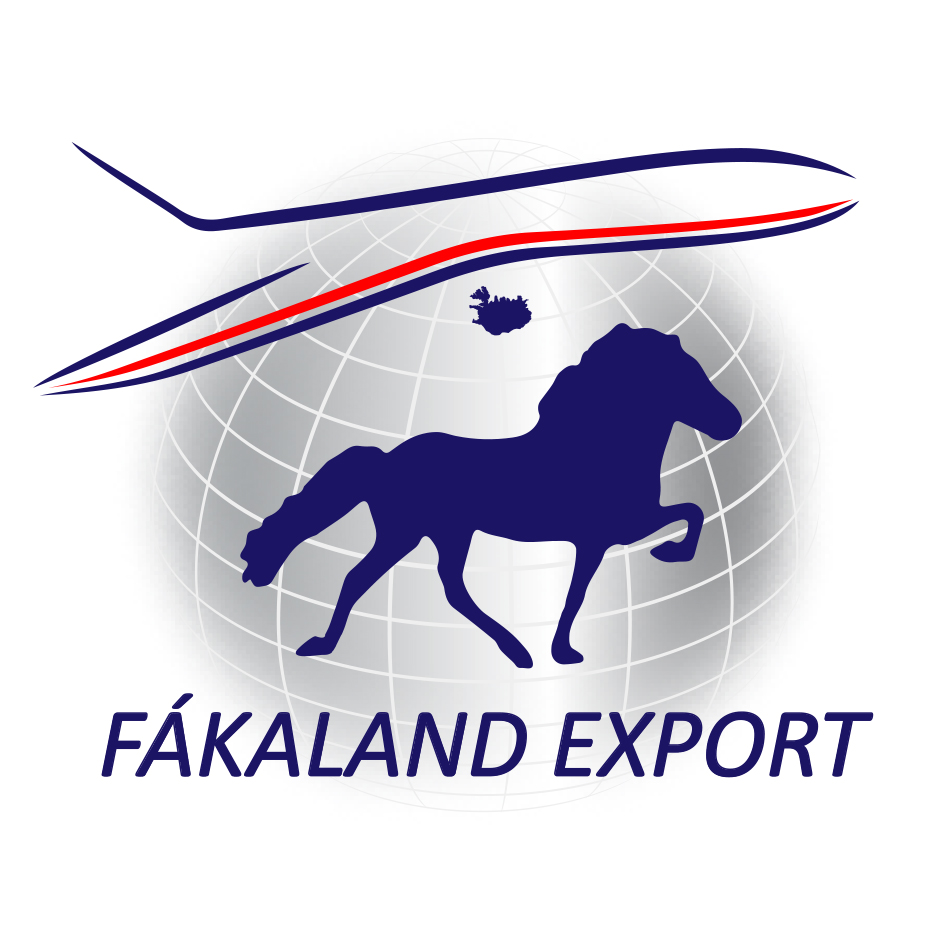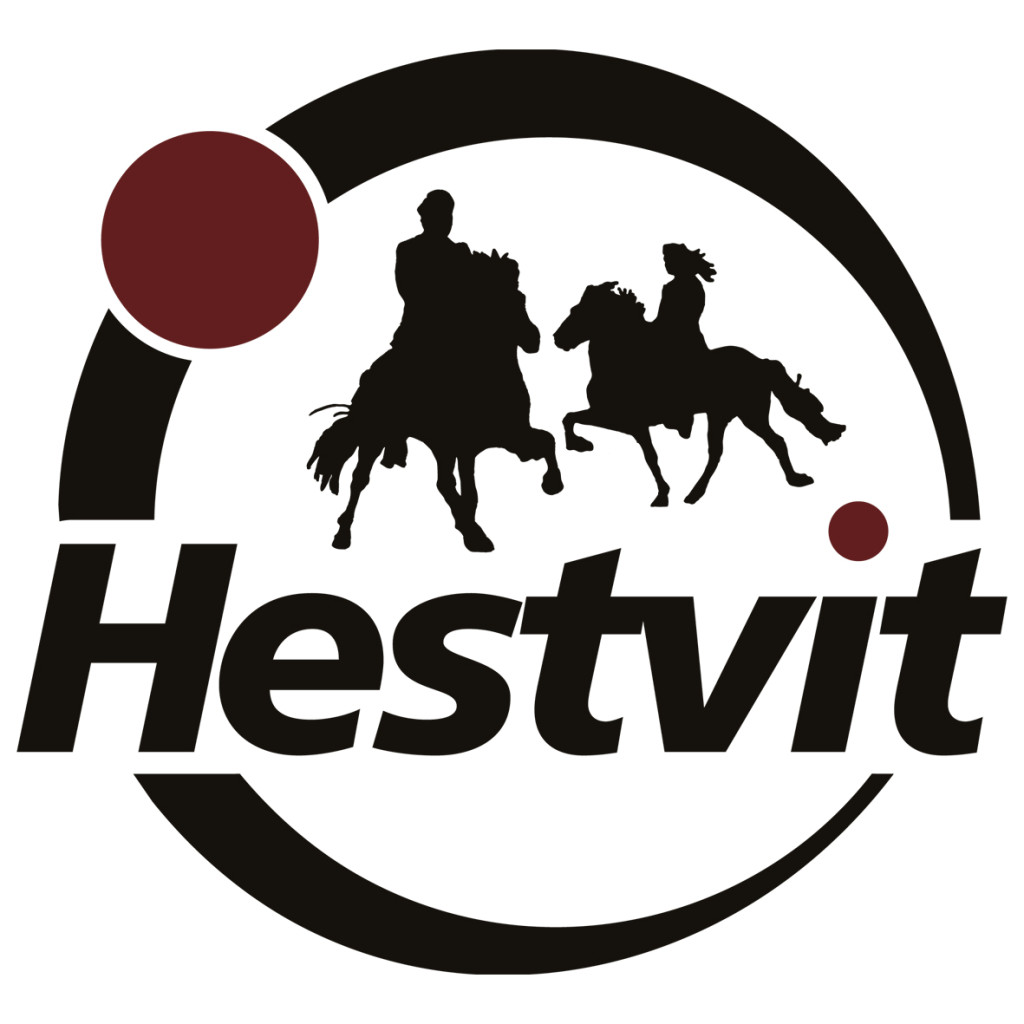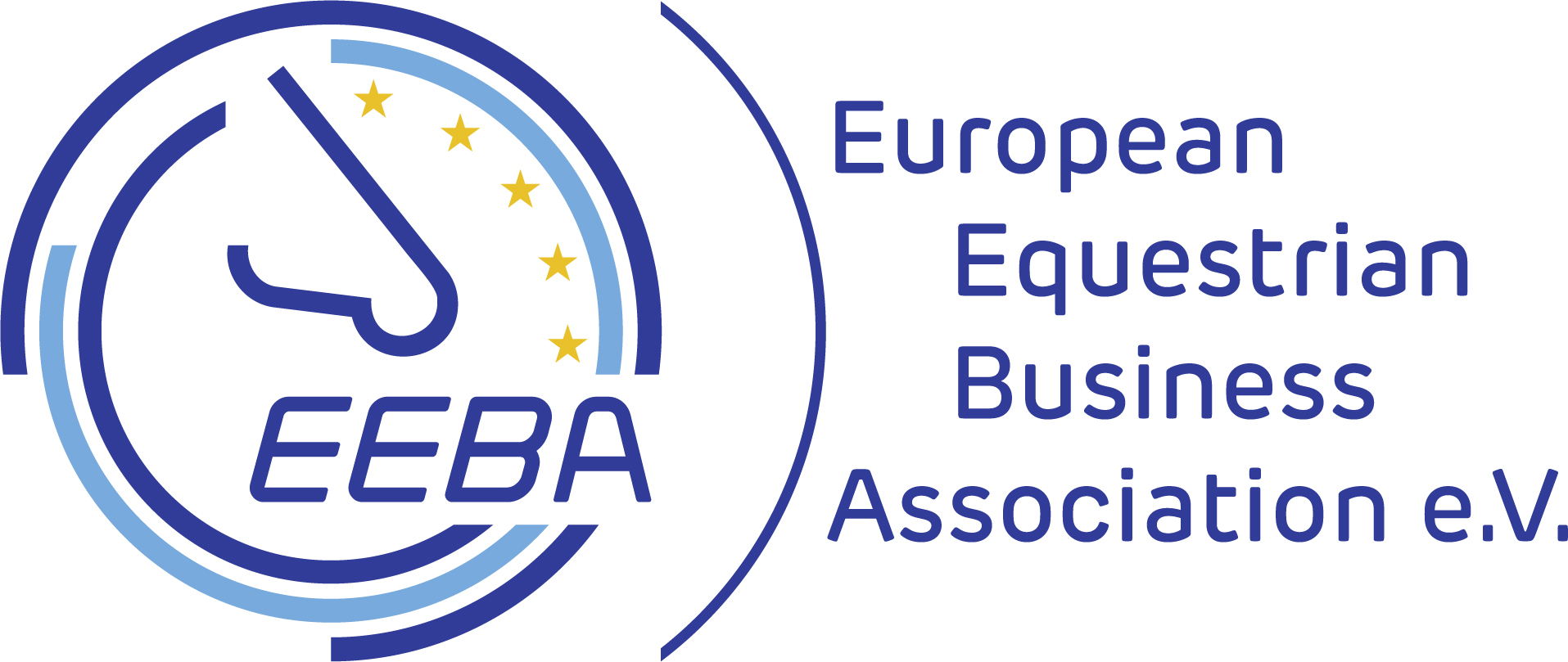There’s spring in the air and intermittent rain. It’s mid-March and a riding course for people with disabilities is about to begin. It’s held by Hestamennt in cooperation with riding association Hörður in Mosfellsbær, outside Reykjavík, six times a week. Participants are of all ages and have either mental and/or physical disabilities. Some suffer from degenerative diseases like MS. “Many of the MS patients have trouble walking. They ride without saddle and stirrups, let the legs hang loose and feel the heat from the horse. That way, they get movement up the entire spine and to them, it’s almost like walking,” says Berglind Inga Árnadóttir, who leads the course.
.jpg)
The students who are able to, fetch their steeds, brush and saddle them, with help if needed. Berglind has one paid assistant and several volunteers to walk the horses and support the riders. Most of the volunteers come from the surrounding elementary or secondary schools and can have the work evaluated. “It supports their leadership skills,” explains Berglind. Some of the volunteers come from retirement homes, people who love being around horses and don’t have much else to do.
.jpg)
It’s necessary to have one to three assistants with each student and therefore the maximum number of students in each course is five. Sometimes their own assistants come along, as in the case of Siggi, who is tied to a wheelchair and has problems expressing himself. He has attended the courses for many years and sometimes twice a week. A lift is used to help Siggi mount Stjarna, which stands patiently and waits until he sits securely in the saddle. Berglind owns all the horses herself and picks the most reliable for the course. The saddle is specially equipped to support Siggi’s back and Berglind and his assistant walk with the horse and support him from either side.
.jpg)
The rain is pouring down and Berglind and her co-manager discuss whether they should stay inside the riding hall. But suddenly the rain stops. “Let’s go outside and walk one round before the next shower,” she says. We walk in a procession around the riding track and the participants obviously enjoy being outside on their horses in the fresh air. Siggi, who previously slouched in his wheelchair, now straightens up and starts moving his arms. “He doesn’t do that inside,” says Berglind. “There’s something about being outside.”
The course’s most experienced student, Sunnefa Geirhardsdóttir, who is 27, holds the reins herself. “I have attended these courses for probably five or six years. I enjoy being around the horses,” she says. Her steed is the chestnut mare Lipurtá. “She is very good. It’s easy to control her.” In addition to these courses, Sunnefa attends Berglind’s riding courses for children in the summer. Sunnefa glows when she talks about them. “Then the weather is nice, and we can be outside the entire time and go for a long ride.” Sunnefa proclaims to be a horse person. “Oh, yes. I love horses!”
.jpg)
After having walked one round on the riding track it starts raining again. We go back into the riding hall where an “obstacle course” awaits the students. Sunnefa is excited. “Let’s go! Shoob, shoob!” The riders either pick up a ring or a sandbag and at a different location thread the ring on a cone and throw the bag in a bucket. The also ride between cones. After a few rounds, they change course and eventually pick the rings and bags back up and return them. “The purpose is to keep them occupied, stop the horse and practice their balance,” explains Berglind.
.jpg)
The course has various benefits. Berglind mentions a young man, Bjössi, who has multiple disabilities and uses a wheelchair. As a child, he had severe contact phobia. “He used to be very difficult and couldn’t touch anything furry,” says Gylfi Björnsson, Bjössi’s father, in description of his condition. “When he first went to riding courses, he was very uncomfortable about petting the horses.” Berglind recounts that first when Gabríel, the horse Bjössi usually rides, put his head in his lap, he wouldn’t touch him, but eventually, he began stroking him. They later became best buddies. “They’re such good friends,” confirms Gylfi. “It’s amazing to observe how they caress each other. Unbelievable. This course is a lot of fun.” Bjössi has attended Hestamennt and Hörður’s courses for several years now and visibly enjoys being on horseback. “He’s always happy when he goes riding,” states Gylfi. He adds that the movement strengthens his muscles. Originally, Bjössi required two people to support him while on horseback but now he only needs one assistant.
.jpg)
Berglind also mentions that the courses seem to have a positive effect on people with autism who appear to connect with the animals even though they may find it difficult to be around other people. However, she stresses that even though the courses can be classified as treatment, their main objective is recreation. And time flies when having fun. After 35 minutes on horseback, it’s time to dismount. Self-confident, Sunnefa walks Lipurtá to the paddock across the road so that she can roll over – a task otherwise performed by the volunteers. Afterwards, she and the other students bid farewell, all in a joyful mood.
.jpg)
Text: Eygló Svala Arnarsdóttir. Photos: Gunnar Freyr Gunnarsson.
.jpg?280x160;crop)
.jpg?280x160;crop)
.jpg?280x160;crop)
.jpg?280x160;crop)
.jpg?280x160;crop)
.jpg?280x160;crop)
.jpg?280x160;crop)
.jpg?280x160;crop)
.jpg?280x160;crop)

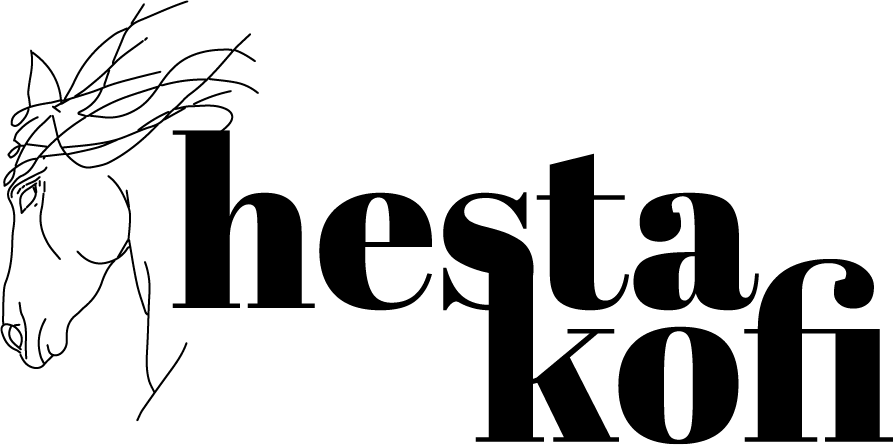




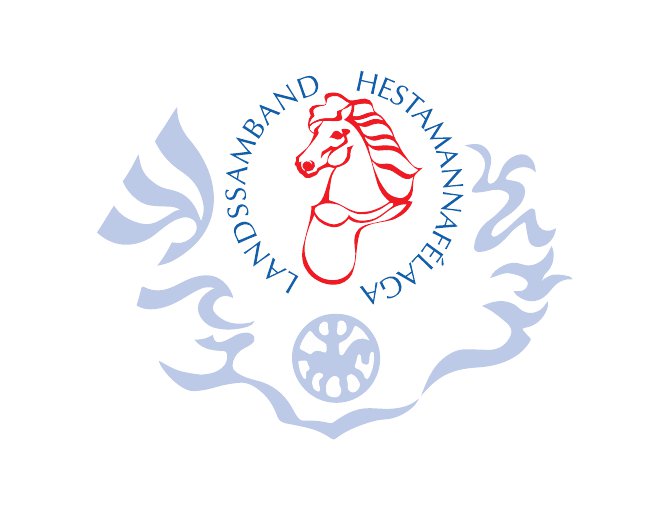

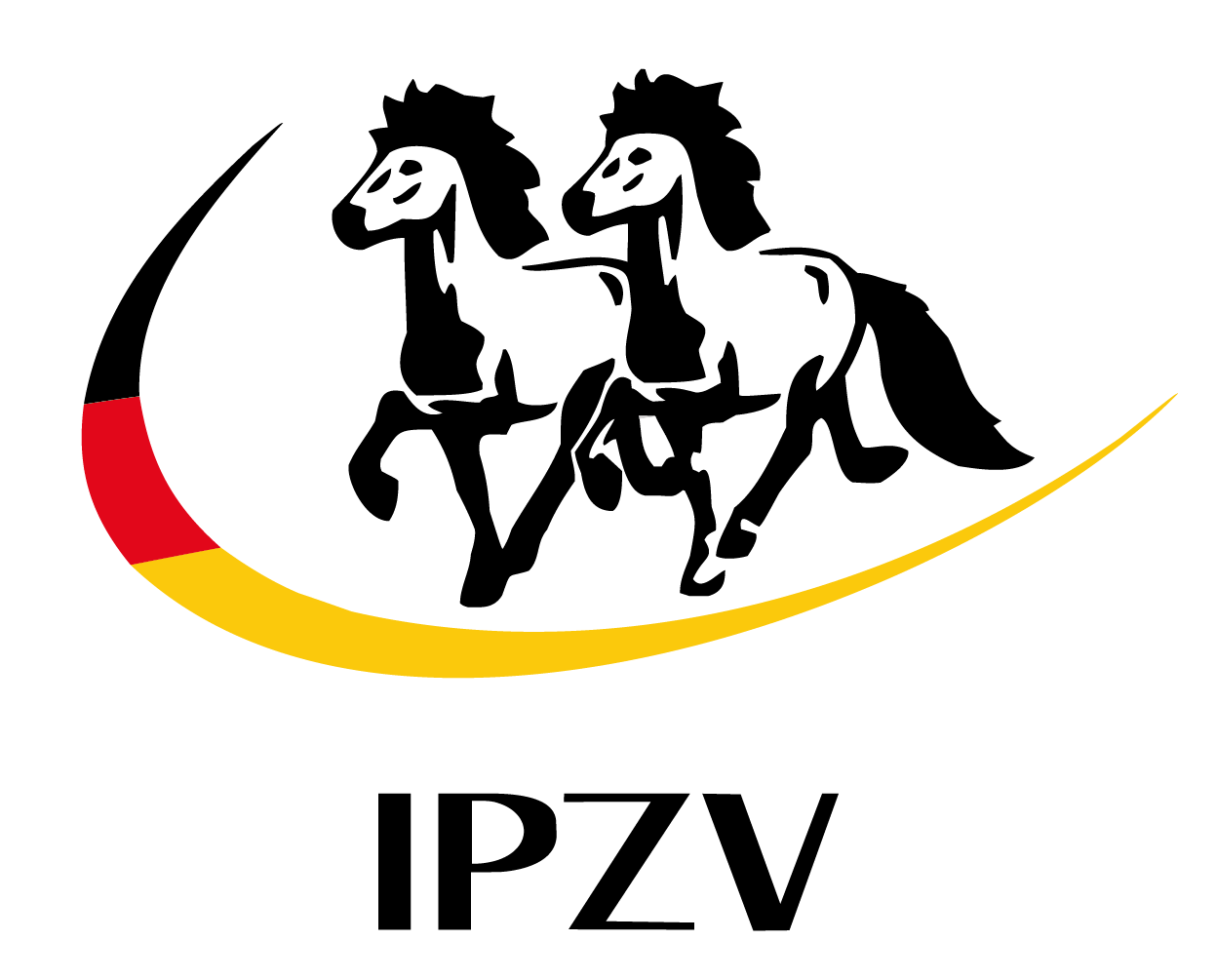

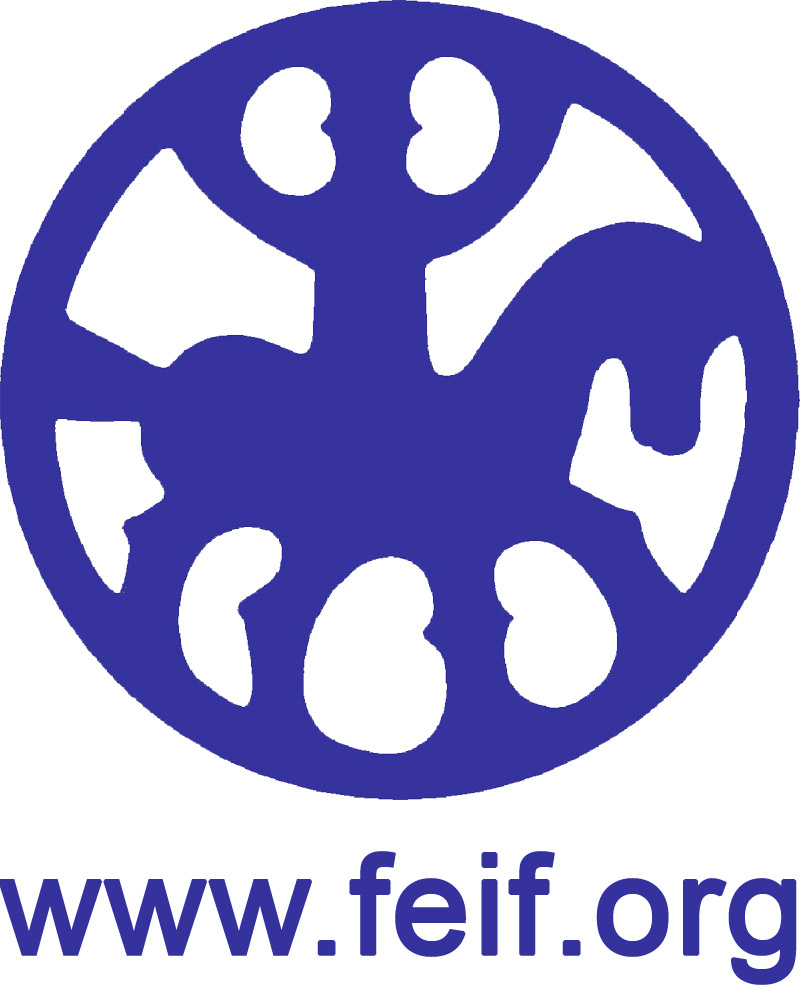

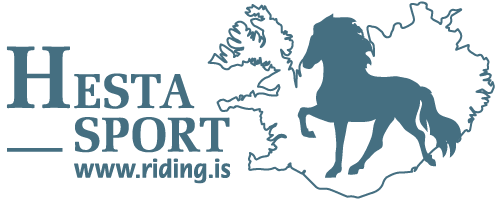

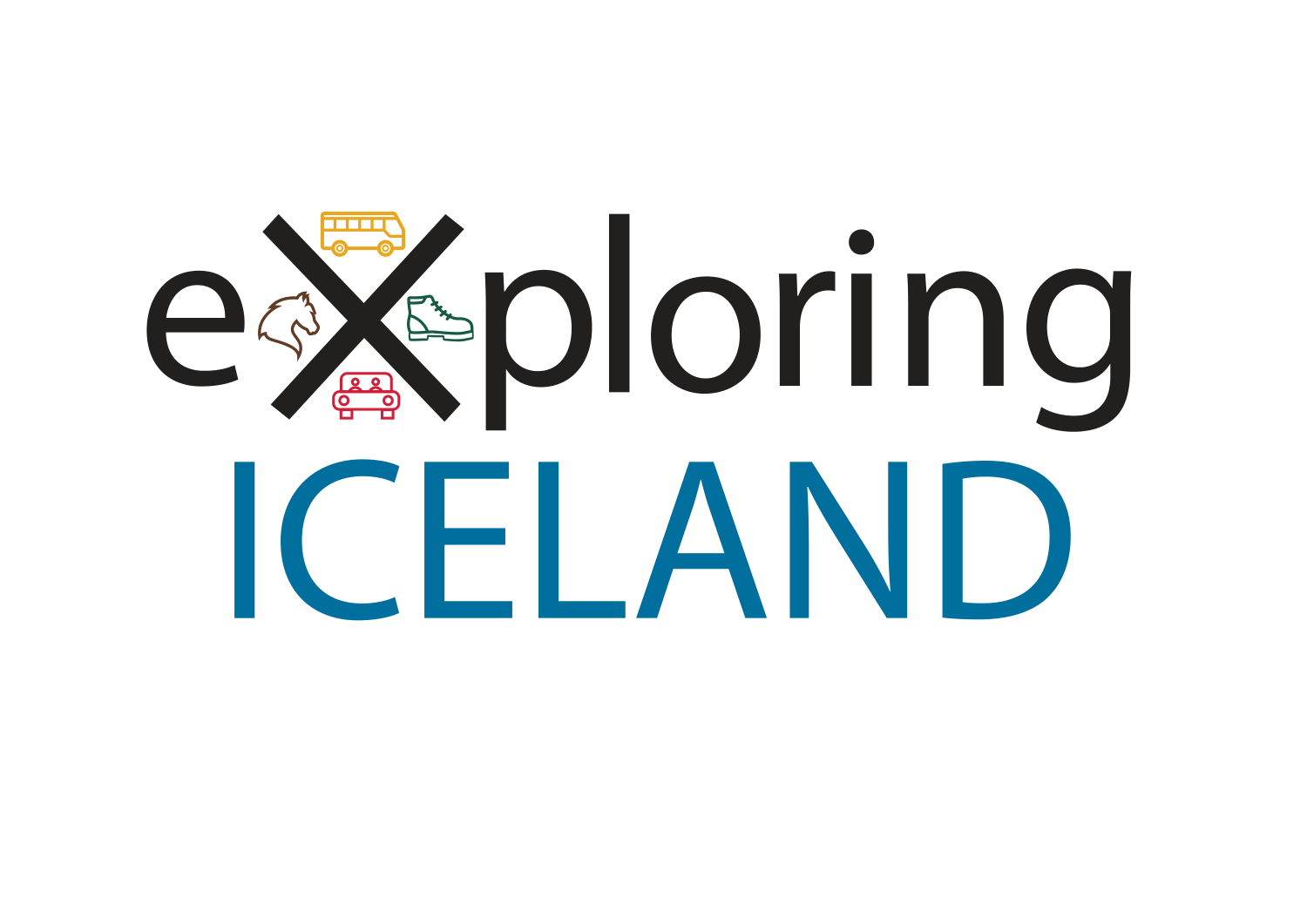
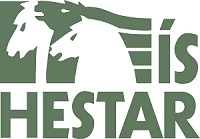

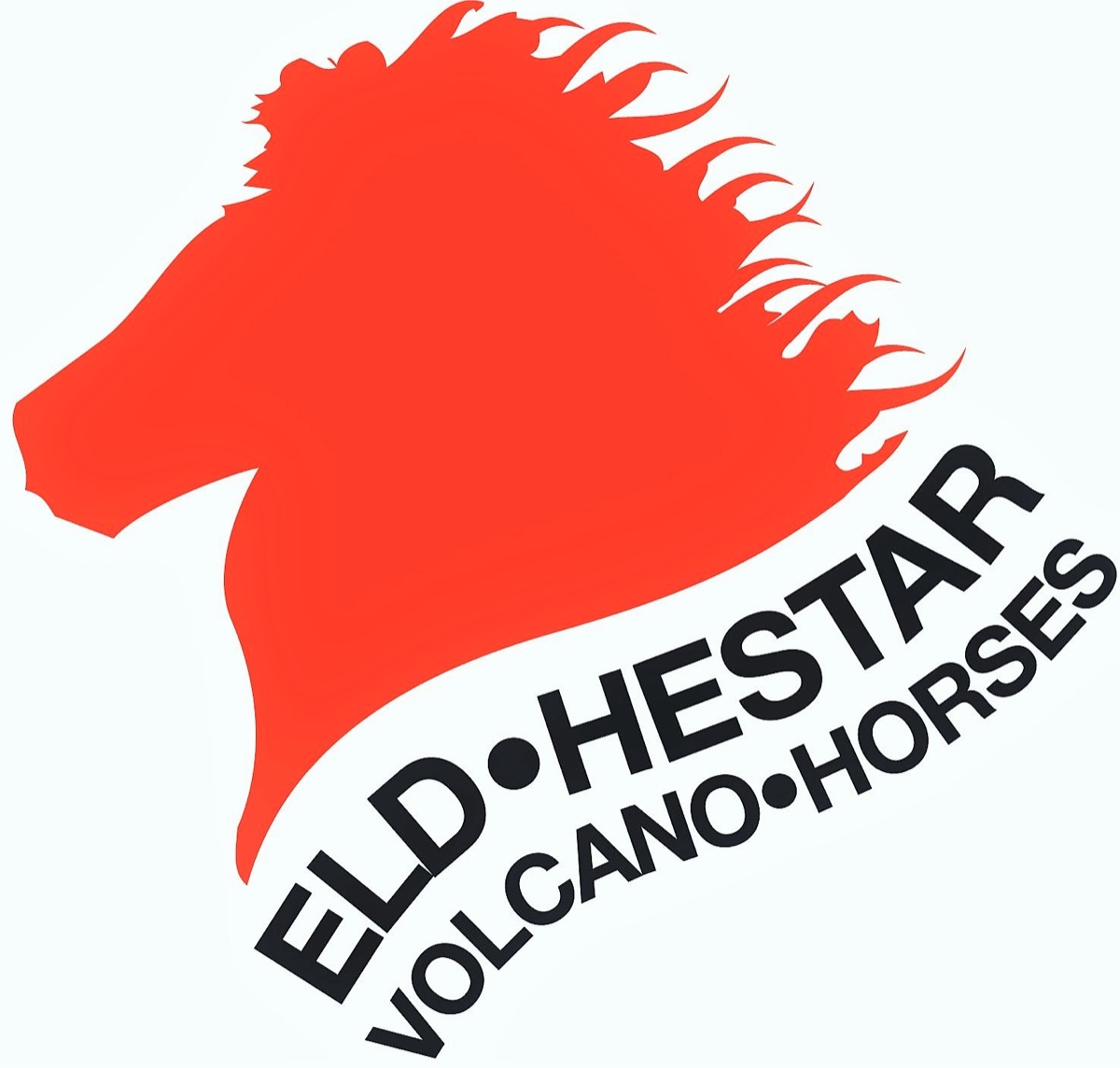
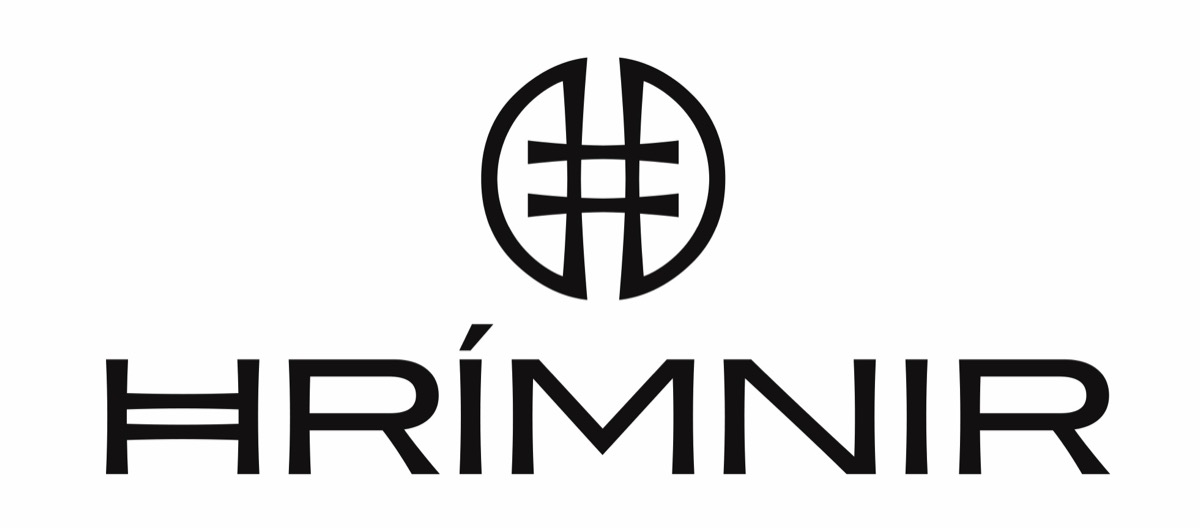

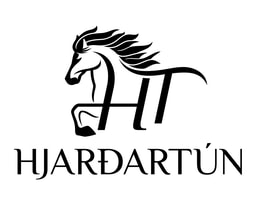
-1.jpg)
